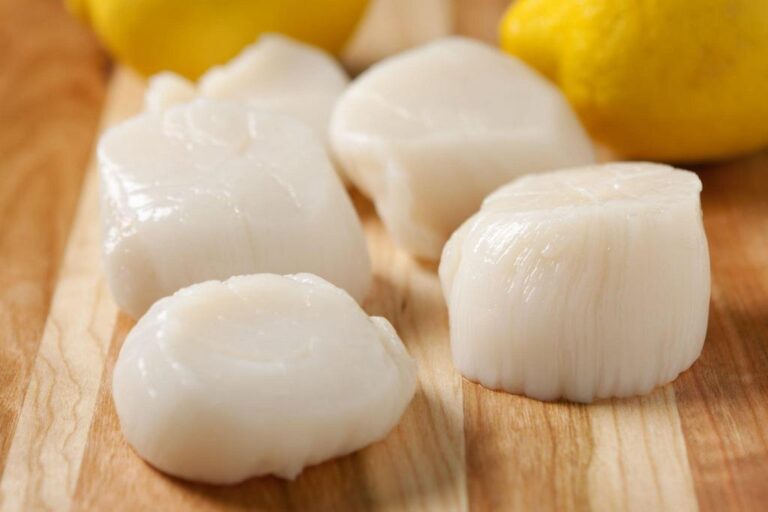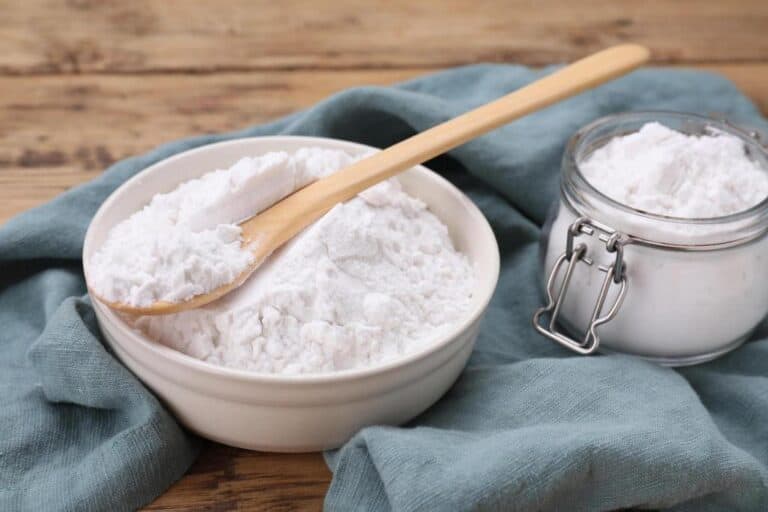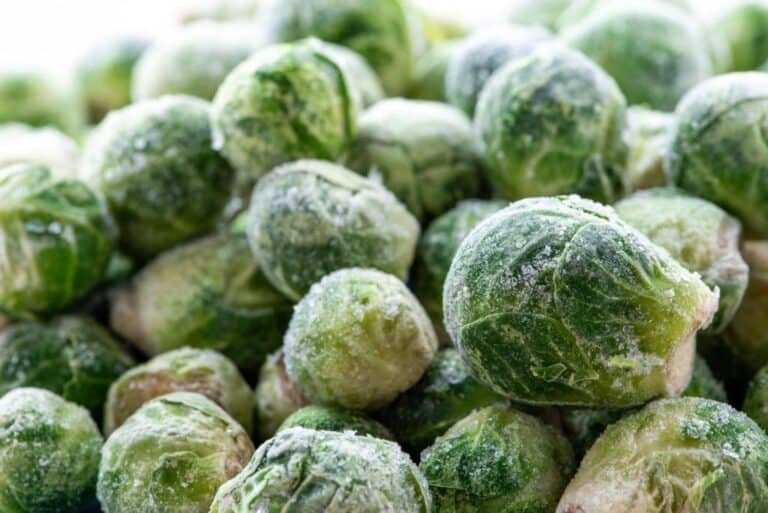Can You Substitute Almond Milk for Heavy Cream in Your Recipes?
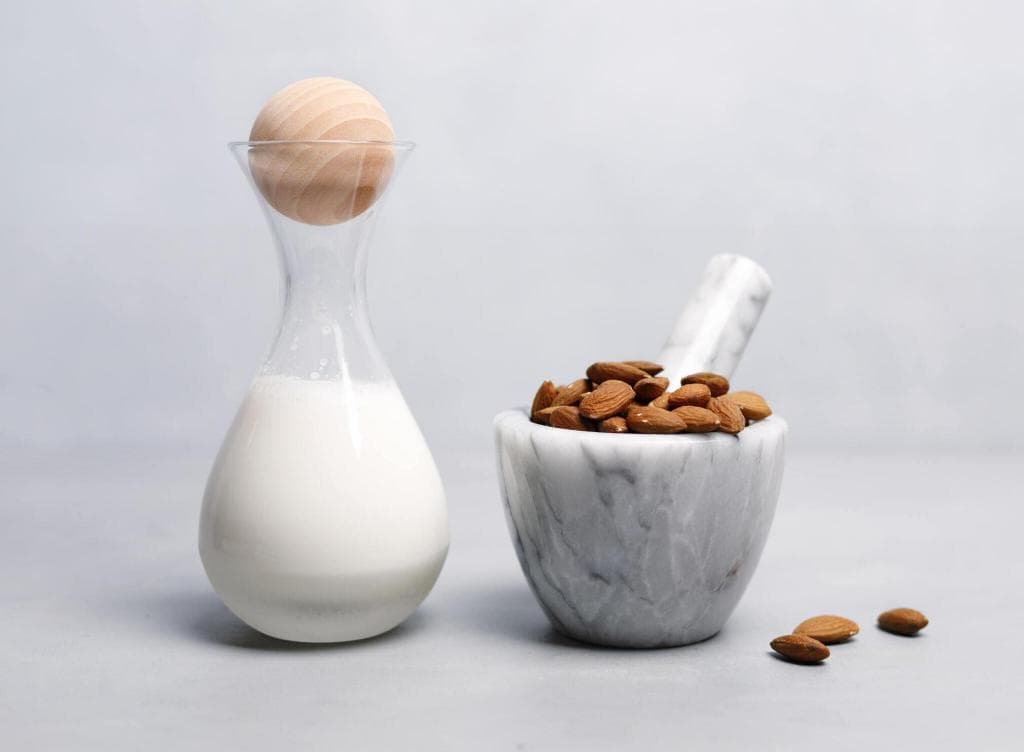
Heavy cream is important in cooking. It makes dishes taste better by giving them velvety finishes and rich textures. For a long time, heavy cream has been linked to fancy dining. It’s in rich sauces that stick to pasta and in whipped toppings that cover desserts in sweet clouds.
However, dealing with dietary preferences and health-conscious choices has sparked growing interest. People want to explore alternative ingredients that can be rich and flavorful.
Enter almond milk. It’s a versatile, dairy-free elixir. People love its creamy texture and nutty taste. Almond milk is a refreshing twist on conventional recipes. They often call for heavy cream. It is a popular plant-based substitute for those who want lactose-free options or lighter fare without sacrificing taste.
The difference between these two kitchen protagonists might stir curiosity or skepticism. It might do so among seasoned chefs and adventurous home cooks alike. But, swapping almond milk for heavy cream opens up exciting possibilities. These possibilities are waiting to be explored on stovetops and oven racks worldwide.
So, tie on your apron and get ready to start a tasty journey. Here, convention meets innovation in every whisked swirl and simmered infusion!
Understanding Almond Milk and Heavy Cream
First, let’s understand almond milk and heavy cream. Then, we’ll delve into substitutions.
Almond Milk:
- Almond milk is lower in calories and fat than heavy cream.
- It has a thinner consistency compared to heavy cream.
- Almond milk is a good source of vitamin E and calcium.
Heavy Cream:
- Heavy cream is high in fat and calories, which contributes to its rich and creamy texture.
- It is commonly used in recipes to add richness and thickness.
- Heavy cream contains dairy and is not suitable for individuals with lactose intolerance or dairy allergies.
Nutritional Content Comparison: Almon Milk vs. Heavy Cream
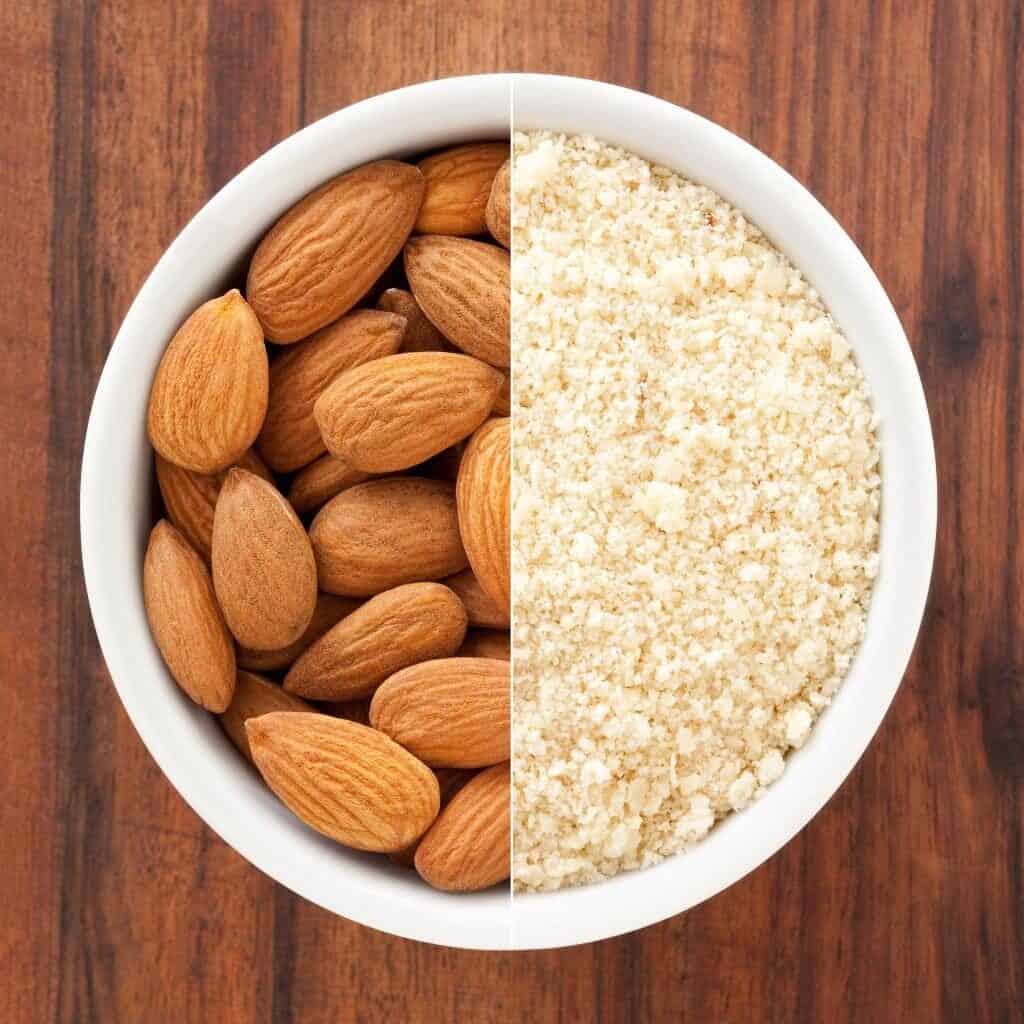
When it comes to nutritional content, almond milk and heavy cream stand on opposite ends of the spectrum. Almond milk is often fortified with vitamins and minerals. These include calcium and vitamin E. It offers a light and dairy-free alternative to heavy cream.
It has far fewer calories and saturated fats than its creamy counterpart. Almond milk can be a heart-healthy choice for those watching fat intake or aiming for a leaner diet.
On the flip side, heavy cream is rich in fats—the kind that gives dishes that luscious texture but can also weigh heavily on one’s calorie count. While indulging in the decadence of heavy cream has its culinary pleasures, its high saturated fat content might not align with everyone’s health goals.
Understanding these nutritional disparities empowers cooks. They can make informed choices based on their dietary preferences and health priorities. For example, when deciding between almond milk’s lightness and heavy cream’s richness in their recipes.
Cooking Properties of Almond and Heavy Cream
When it comes to cooking properties, almond milk and heavy cream couldn’t be more distinct. Heavy cream is a rich dairy product with a high fat content, typically around 36-40%. This rich thickness adds to the creamy texture of sauces and desserts. It is also key to how ingredients bind during cooking.
On the other hand, almond milk, made from ground almonds and water, offers a significantly lower fat content by comparison—often sitting around 1-2%. The disparity in fat levels directly impacts the consistency of recipes; where heavy cream might lend indulgent richness and density to dishes like Alfredo sauce or ice cream, substituting with lighter almond milk can result in a thinner texture that may require additional thickening agents or adjustments in baking times.
Understanding these differences is key. They matter when considering using almond milk instead of heavy cream in your cooking. You may need to change how you do things or add stabilizers. For example, when using almond milk in savory dishes like soups or stroganofff, which need heavy cream to emulsify fats and make sauces creamy without curdling,.
Meanwhile, desserts that rely on the luscious mouthfeel of heavy cream could change with almond milk replacements. They will still be creamy, but they might lack some of the silky luxury of traditional recipes. By being mindful of these variations in consistency and fat content between almond milk and heavy cream, you can adapt your kitchen experiments thoughtfully for successful outcomes that meet both dietary needs and flavor expectations.
| See also: How to Heat Cream Sauce Again Without Separating |
Substituting Almond Milk for Heavy Cream
When considering substituting almond milk for heavy cream in your recipes, it’s essential to understand the roles these ingredients play. Almond milk is lighter and lower in fat compared to heavy cream, so it works best as a substitute in recipes where the creamy texture is desired without the heaviness that comes with heavy cream. Think of dishes like soups, sauces, or certain desserts where a more delicate touch is required.
Almond milk can replace heavy cream in some recipes. But, it may not give the same results. This is due to differences in fat and consistency. Here are some tips for substituting almond milk for heavy cream:
- Texture and Thickness: Almond milk is thinner than heavy cream, so it may not provide the same level of richness and thickness in your recipes. To compensate for this, you can try using thicker almond milk or adding a thickening agent, such as cornstarch or flour, to achieve a similar consistency.
- Flavor: Almond milk has a mild, nutty flavor that may alter the taste of your dish slightly. Consider using unsweetened almond milk to avoid adding sweetness to savory dishes.
- Curdling: Almond milk is more prone to curdling when heated compared to heavy cream. To prevent curdling, avoid boiling almond milk and use it in recipes that require gentle heating.
- Recipes: Almond milk can be used as a substitute for heavy cream in recipes such as soups, sauces, and baked goods. However, it may not work well in recipes that require the cream to be whipped, such as in making whipped cream or frosting.
To ensure successful substitution, you may need to make slight adjustments to your recipe. For instance, when using almond milk instead of heavy cream in a soup or sauce, you might need to slightly increase the thickening agents, such as flour or cornstarch to compensate for the lack of richness from heavy cream.
Also, if you’re making a dessert like panna cotta or ice cream with almond milk instead of heavy cream, consider adding extra flavorings. For example, add vanilla or cocoa powder to improve the taste and mimic some of the depth from heavy cream.
Experimenting with almond milk as a substitute can lead to delicious results. It also fits dietary preferences and restrictions. You can confidently use almond milk in your cooking and baking. Just understand its strengths and limits. Make thoughtful adjustments when needed.
Recipe Ideas – Elevate Your Dishes with Almond Milk Substitution
When it comes to culinary creativity, almond milk offers a versatile alternative to heavy cream in an array of delectable recipes. Picture this: a velvety pasta carbonara. Almond milk blends with parmesan and eggs to make a luscious sauce. It coats each strand of spaghetti. The nutty undertones of almond milk add a subtle richness, while also lightening the dish for those seeking a lighter yet equally satisfying meal.
In the realm of desserts, imagine indulging in a creamy coconut rice pudding. It’s infused with aromatic cardamom and sweetened with a touch of almond milk. The result? A dairy-free delight that boasts both flavor and silkiness, proving that almond milk can effortlessly step in for heavy cream without compromising on taste or texture.
Almond milk opens up a world of possibilities. It can be used in both savory stews and decadent custards. It’s for seasoned cooks and kitchen newcomers eager to explore new horizons in cooking.
Conclusion: The Creamy Transition to Almond Milk
We are near the end of this culinary exploration. It’s clear that almond milk can be a versatile and healthier alternative to heavy cream in many recipes. Almond milk adds flexibility. It opens up a world of possibilities. You can use it for luscious soups and decadent desserts. It’s for those seeking lighter fare without sacrificing flavor. By swapping heavy cream for almond milk, you reduce saturated fats and calories. You also add a subtly nutty undertone. It can lift your dishes to new heights.
So why not take the plunge into this creamy revolution? Be curious in your kitchen. Let curiosity guide your spoon as you whip up familiar favorites with almond milk. Bid farewell to traditional notions of heavy creams weighing down your meals and welcome a fresh perspective on indulgence.
With each stir and sprinkle of almond milk, you start a journey to healthier habits. You do this without giving up taste. Good food should nourish both the body and the soul. So go ahead and try almond milk instead of heavy cream. Savor the difference and enjoy knowing that each bite brings you closer to harmony between health and great taste.


